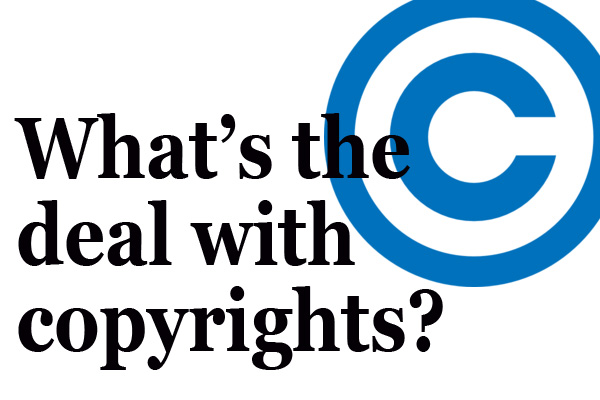Right click, save a photo and upload it to your online newspaper. No problem, right?
Wrong. Violating copyright laws can be a huge problem in school publications, especially since stealing someone else’s work is technically easy.
“It’s more important now than ever that we educate students about copyright,” UIL journalism director Jeanne Acton said.
Though publications use photos that they find on Pinterest or ones that show up on lots of other sites, that doesn’t make it lawful.
Student publications can be sued for copyright infringement if a company decides to pursue lawsuit challenging a scholastic staff’s misuse of an image or video.
A related issue occurs when a school does the right thing and uses a non-copyrighted image, but the publication does not indicate the licensing or permission information. In this case, they are still in the wrong because they have not shown the proper permissions or licensing information.
What is the solution?
Staff members need to look for images in Creative Commons (follow the licensing procedures); a photo in the public domain; or a photo or video from a .gov site (still give credit as directed).
As another option, if the staff needs a particular photo from a news organization, the reporter can email the photographer who took the photo to ask permission to use the image. This course of action can take a few emails or calling back and forth, so students shouldn’t wait until deadline night to start this process. However, the process is necessary, and networking with professional photographers by doing it the right way can be beneficial later.
To help a staff member find the images the can use, students can utilize the Advanced Google Search and choose FREE TO USE, SHARE OR MODIFY, EVEN COMMERCIALLY under the section USAGE RIGHTS. This filter will help the staff find images that can be used legally.
The same is true for music.
http://www.splc.org/article/2016/09/copyright-free-sites


